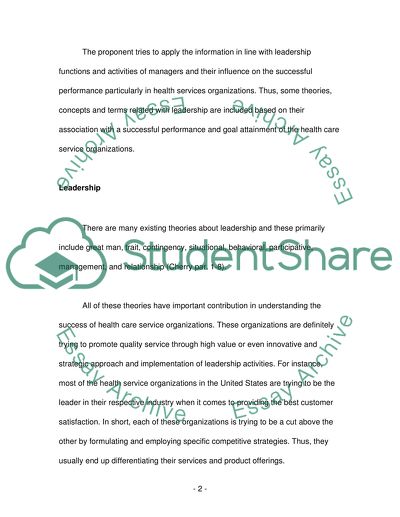Cite this document
(“Leadership & Communication in Health Care Service Organizations Essay”, n.d.)
Retrieved from https://studentshare.org/environmental-studies/1415946-leadership-communication-in-health-care-service
Retrieved from https://studentshare.org/environmental-studies/1415946-leadership-communication-in-health-care-service
(Leadership & Communication in Health Care Service Organizations Essay)
https://studentshare.org/environmental-studies/1415946-leadership-communication-in-health-care-service.
https://studentshare.org/environmental-studies/1415946-leadership-communication-in-health-care-service.
“Leadership & Communication in Health Care Service Organizations Essay”, n.d. https://studentshare.org/environmental-studies/1415946-leadership-communication-in-health-care-service.


